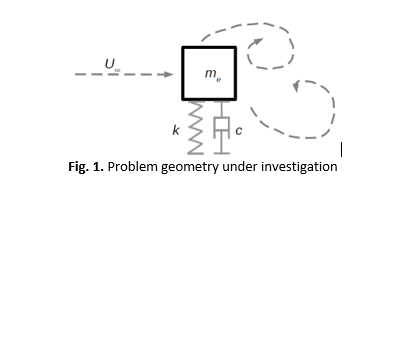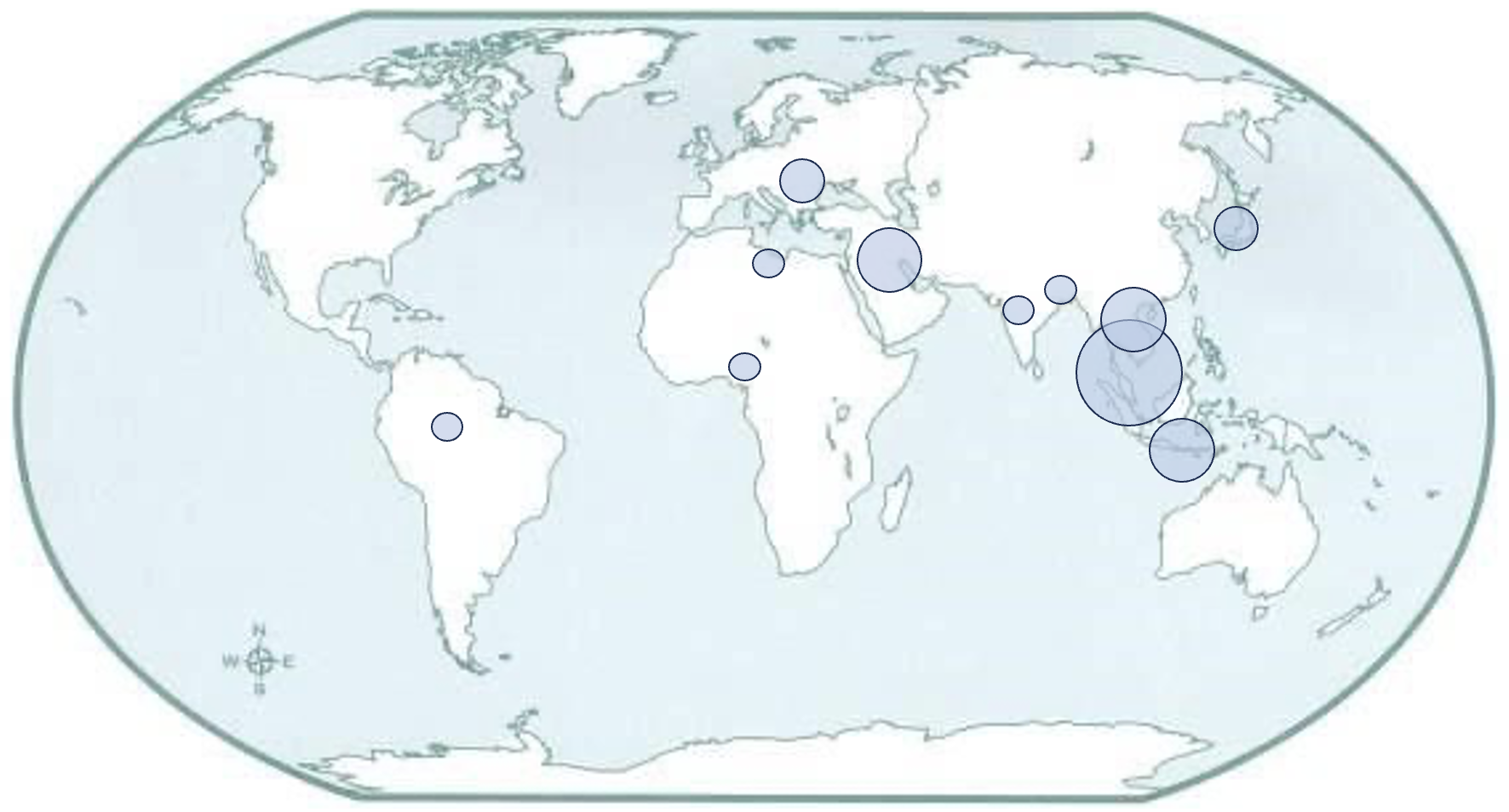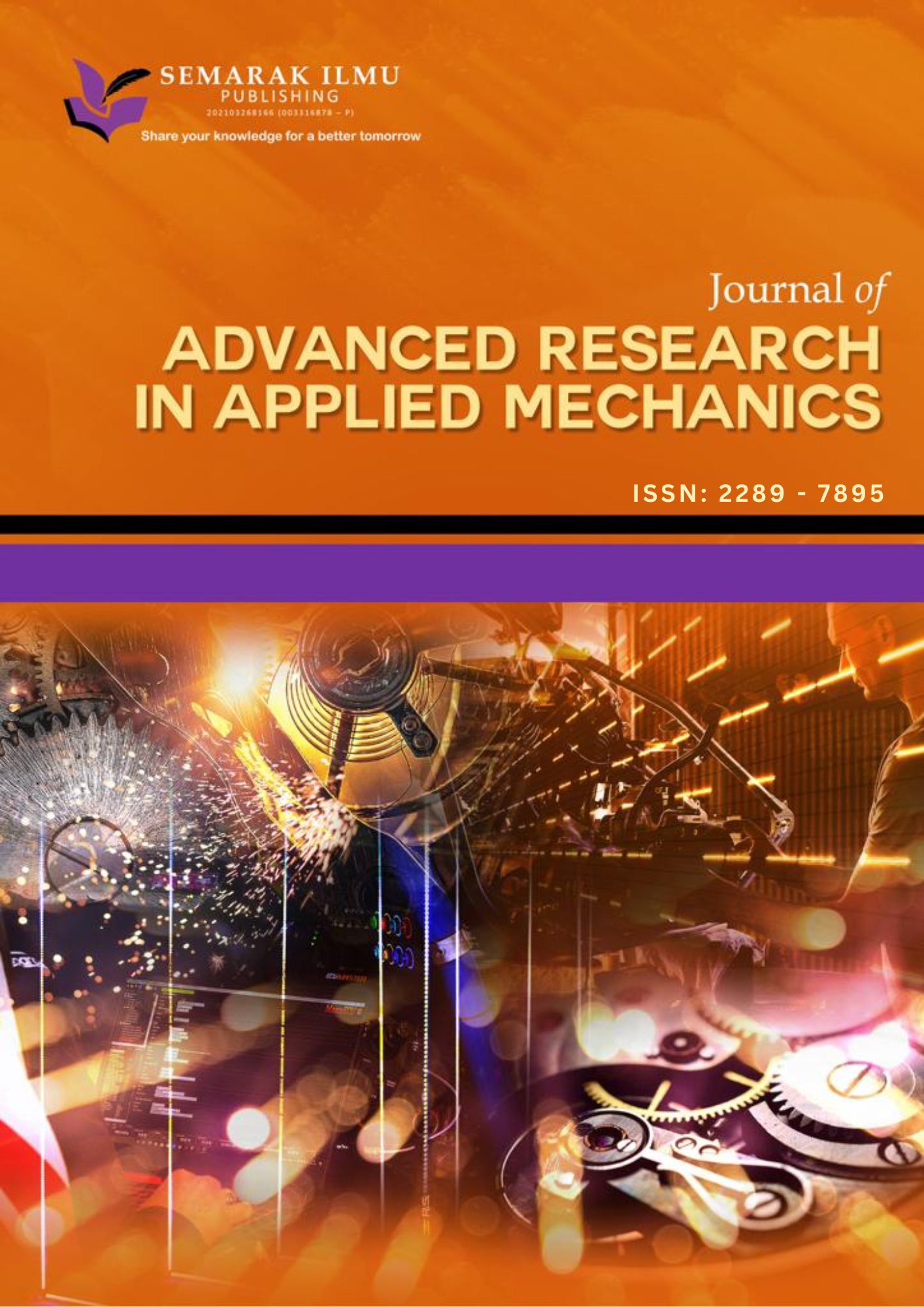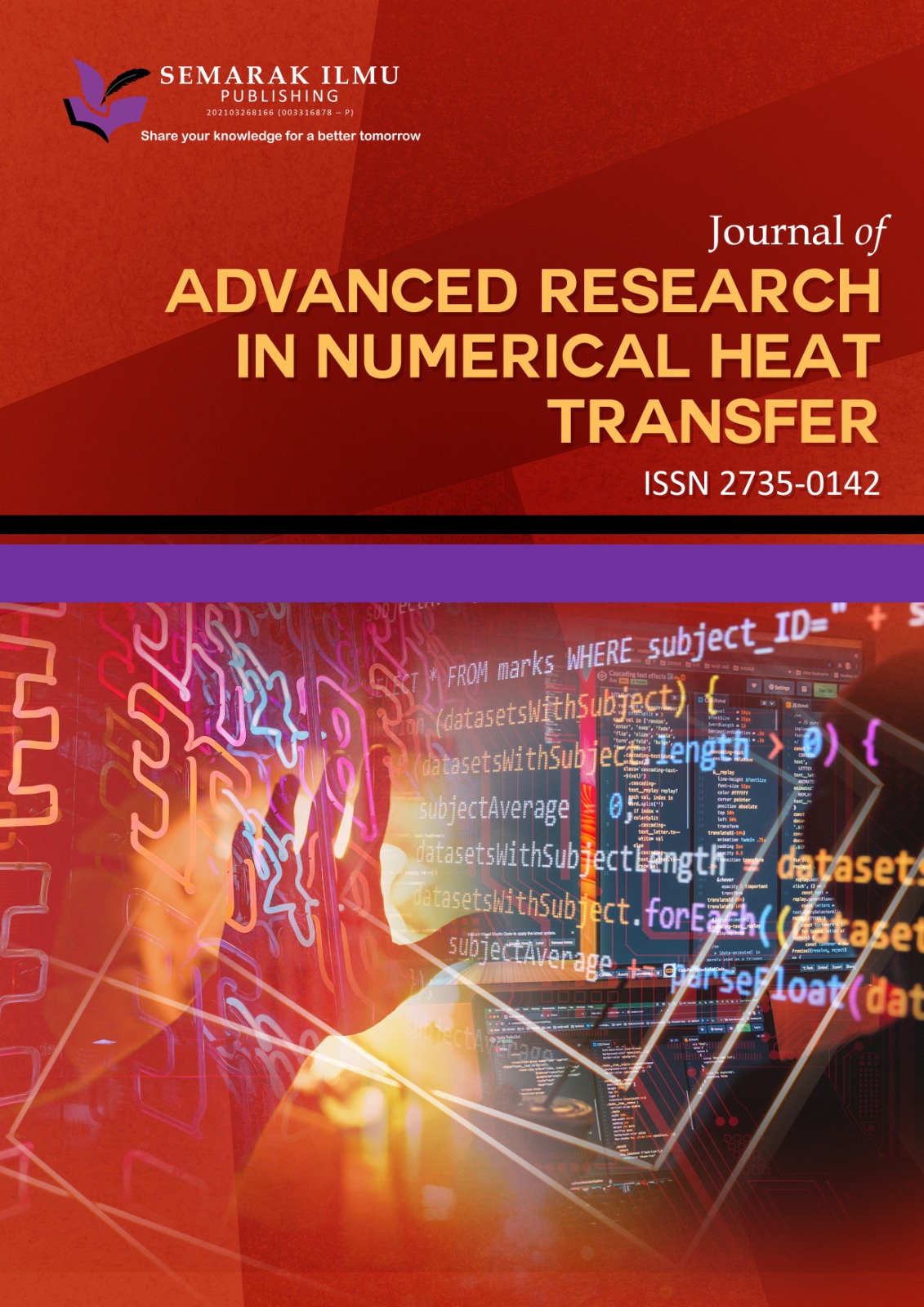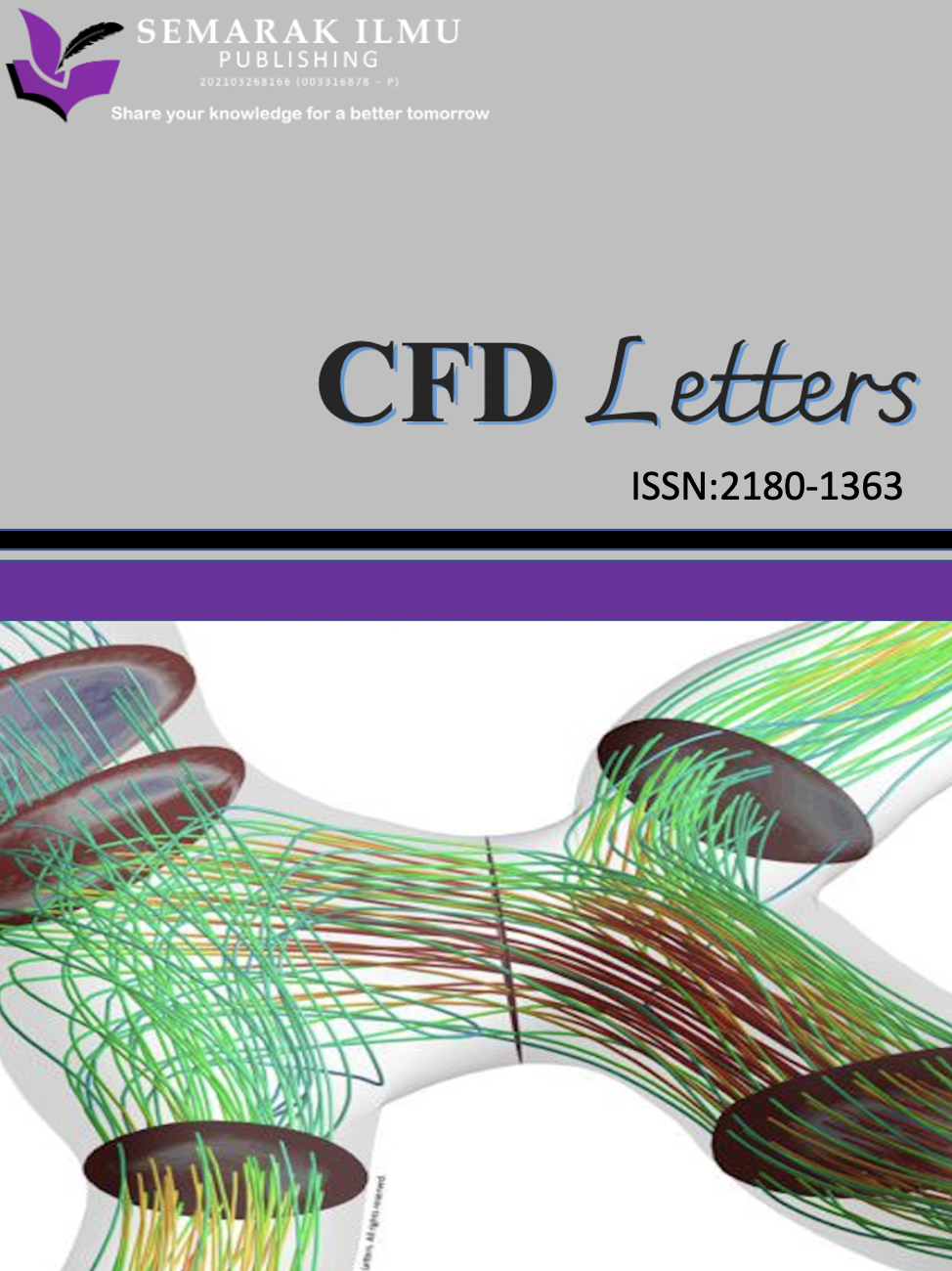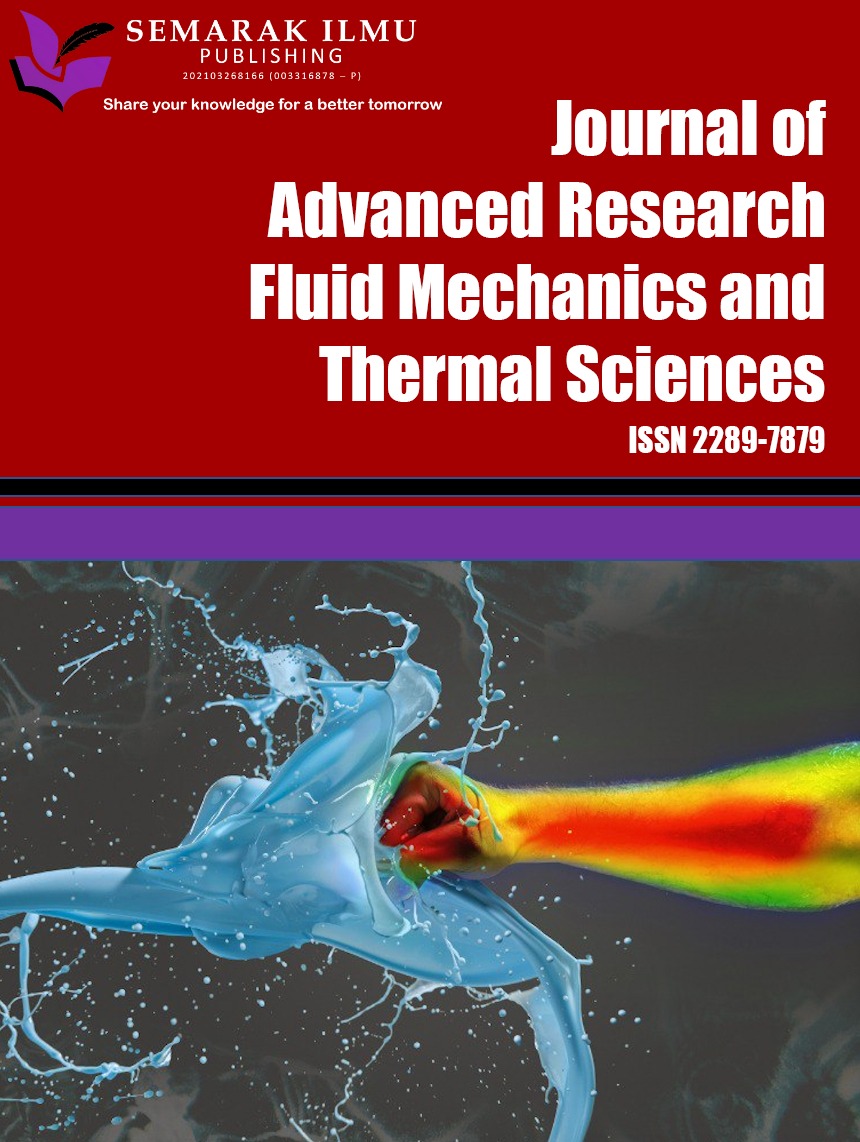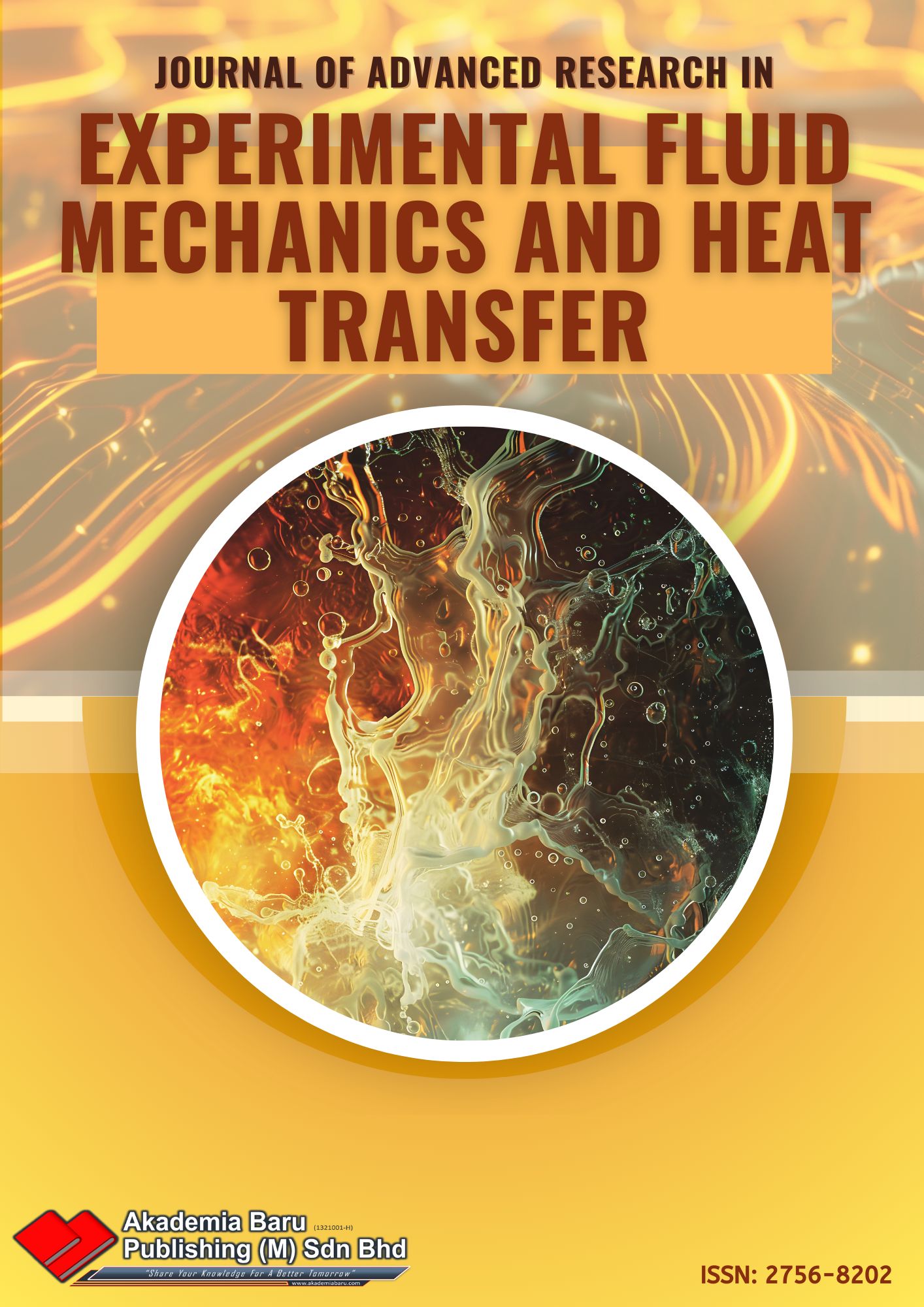Energy Harvesting from Flow-Induced Vibrations using Piezoelectric Systems
DOI:
https://doi.org/10.37934/arefmht.20.1.136149Keywords:
Flow-induced vibration, energy harvesting, piezoelectric systems, reduced velocity, gallopingAbstract
The growing demand for sustainable energy solutions has spurred interest in harnessing energy from flow-induced vibrations (FIV), a phenomenon traditionally associated with structural fatigue but now recognized for its potential in renewable energy generation. Despite advancements in piezoelectric energy harvesting, the interplay between flow dynamics, vibration characteristics and energy conversion efficiency remain inadequately understood, particularly across varying flow regimes. This study aims to experimentally investigate the relationship between FIV and piezoelectric energy harvesting, focusing on optimizing geometric configurations and flow parameters to maximize energy output. A square cylinder subjected to controlled wind tunnel flow was analysed to evaluate its dynamic response and energy conversion efficiency at different reduced velocities (Ur). The experimental methodology included free vibration testing, wind tunnel experiments and piezoelectric voltage measurements to characterize vibration amplitudes and harvested energy. Results identified three distinct regimes: vortex-induced vibration (VIV) at Ur< 30, transition at 30<=Ur<=40 and galloping at Ur>40. The VIV regime exhibited dominant frequency harmonics (f=nfn) with moderate energy output, while the transition regime showed nonlinear energy responses due to shifting frequency components. The galloping regime demonstrated the highest energy harvesting potential, driven by sustained, large-amplitude oscillations. These findings underscore the critical role of flow-structure interactions in energy harvesting performance and provide practical insights for optimizing transducer design to enhance efficiency. This research contributes to the development of robust renewable energy systems leveraging FIV mechanisms.
Downloads
